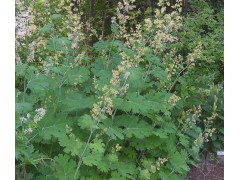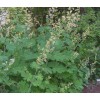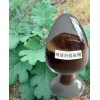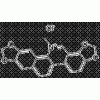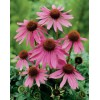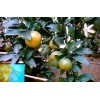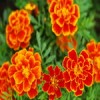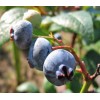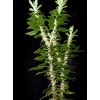Active ingredients : Sanguinarine, Chelerythrine
Plant source: Macleaya cordata
Specification: 40%/20%
Test method: HPLC
Appearence: Brownish red powder
M.W: 332.3336/348.3762
M.F: C20H14NO4/C21H18NO4
CAS NO : 2447-54-3/34316-15-9
Introduction:
Macleaya cordata (Willd) R. Br., locally called boluhui, is a perennial plant of the Papaveraceae family.It has been used as one of traditional Chinese medicines (TCMs) for a long time. The herb mainly distributes throughout the south, southeastern and northwest of China, and can also be found in middle part of Japan as well. As reported previously, the alkaloids were considered as main bioactive constituents of M.cordata. The main alkaloids in this plant include sanguinarine,chelerythrine, protopine, allocryptopine, dihydrosanguinarine, dihydrochelerythrine, oxysanguinarine, berberine . Contemporary pharmacological studies elucidated that the alkaloids exhibited a great variety of biological and pharmacological activities such as antitumour , antibacterial, anthelmintic , and antiinflammatoryproperties. Recent investigations in our laboratory have shown that the alkaloids in the extracts from the plant exhibit certain antioxidant activity.
Macleaya cordata is a poisonous plant which is used ornamentally. Macleaya cordata (plume poppy) is a source of bioactive compounds, mainly is oquinoline alkaloids which are used in phytopreparations with anti-inflammatory and antimicrobial activities. The seed oil contained dihydrosanguinarine, dihydrochelerythrine and twelve fatty acids of which linoleic, oleic, palmitic and stearic acids predominated

